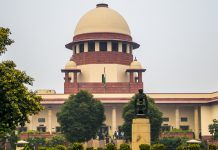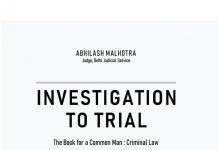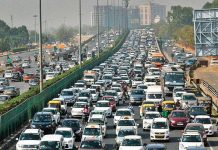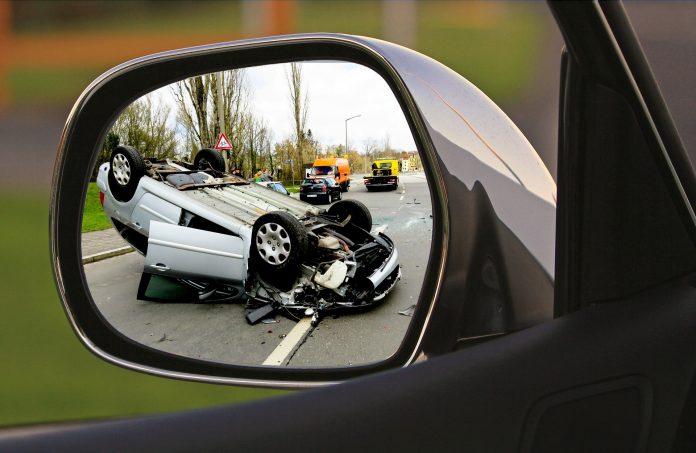The density of traffic has increased enormously in the last decade. The Small, Medium and Heavy vehicles jostle for driving space on busy City roads. Skyrocketing is the data of road accident deaths every year. It is unfortunate when someone loses his life in a road accident, but we need to understand what are the legal ramifications thereafter.
The driver of the offending vehicle is under a legal obligation as per Section 134 of the Motor Vehicles Act, 1988 to help and get medical attention for the victim by conveying victim to the nearest hospital. In case there is the apprehension of mob fury or any other reason beyond the control of accused, the information of the occurrence shall be sent to the nearest police station as soon as possible. Non-Compliance of the aforesaid provision is punishable under Section 187 of the Motor Vehicles Act, 1988 with imprisonment which may extend to three months or fine of Rs. 500 or both.
The offence which the police is likely to book in these cases is under section 279/304A IPC. Both the offences are Bailable in nature. That means that you will be arrested by the Investigating Officer and thereafter will be given bail in the police station upon furnishing a bail bond to the satisfaction of the Investigating Officer. In case a person does not furnish bail bond he will be produced before the Court/Magistrate and the IO will seek the Judicial custody remand for 14 days. A person may also furnish the bail bond to the satisfaction of the Court and seek bail from the Court.
Release on bail is not the end of the investigation. The accused is required to cooperate during the investigation and appear as and when a notice for appearance is given by the Investigating Officer.
After registration of F.I.R. the offending vehicle and the victim’s vehicle is seized by the Police/Investigating officer. The seizure is required basically for the purposes of mechanical inspection to know what was the mechanical condition of the vehicle especially the condition of breaks. One needs to move an application under section 451 Crpc before the concerned Court seeking the release of the vehicle on Superdari. The Court will seek a report from the Investigating officer and if satisfied will release the vehicle to the owner/applicant. The application in the Court may also be moved through the authorised representative.
In the meanwhile, the Police will file a Detailed Accident Report before the Motor Accident Claims Tribunal. On the basis of the D.A.R. the Tribunal will initiate proceedings and will call the family of the victim, the insurance company, accused driver and registered owner etc. for deliberating on the point of compensation. The legal heirs of the victim may also move a petition before the Motor Accident Claims Tribunal seeking compensation.
After the completion of the investigation, the Police will file a charge sheet before the Court of Magistrate. The Court, if satisfied, will take Cognizance of offence and summon the accused driver. After completion of Trial, the accused may be convicted or acquitted depending upon the evidence which may come on record.
There can be cases when the offending vehicle run away after the accident. The police will make efforts to trace the vehicle and the driver, but in case no success is found an untraced report is filed in the Court. The legal heirs of the victim are given an opportunity to file objections to the untraced report.
The question which arises who will pay the compensation to the bereaved family of the victim when the accused is untraced? In case the Court accepts the Untraced report, the legal heirs of the Vitim may make an application under Section 357 A Crpc before the District Legal Services Authority seeking compensation as per State’s Victim Compensation Scheme.
However, even after of acceptance of the untraced report by the Court in case any clue of the offender or the offending vehicle surfaces in future the investigation will revive and if sufficient evidence surfaces the accused may be charge-sheeted before the Court.














